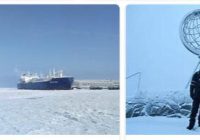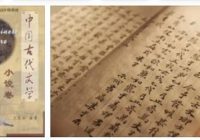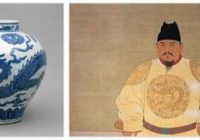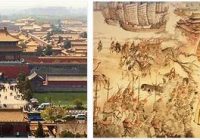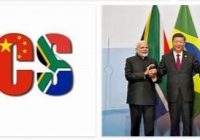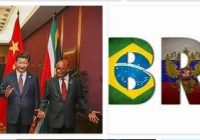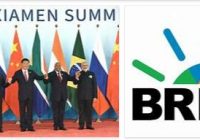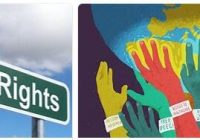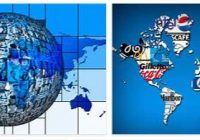Increased Interest in the Arctic Part III
8: Asia and Arctic research In the media, before the meeting in Kiruna, the Asian countries were often described as newcomers to the Arctic and polar regions. That’s not right. Several Asian states have extensive experience in polar research. Research stations in Antarctica were established by Japan in 1957, China in 1985 and South Korea… Read More »
